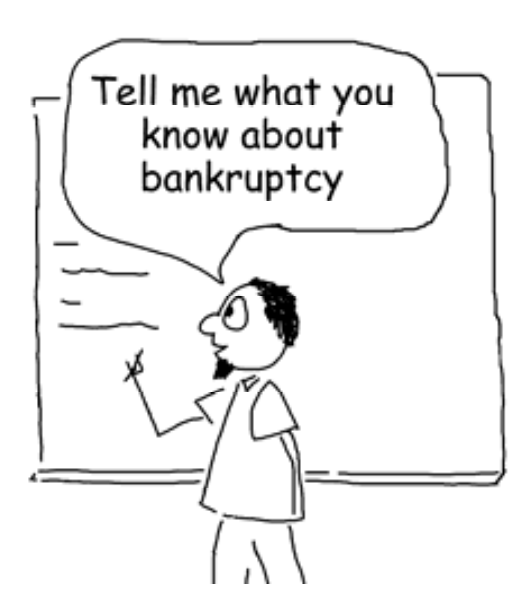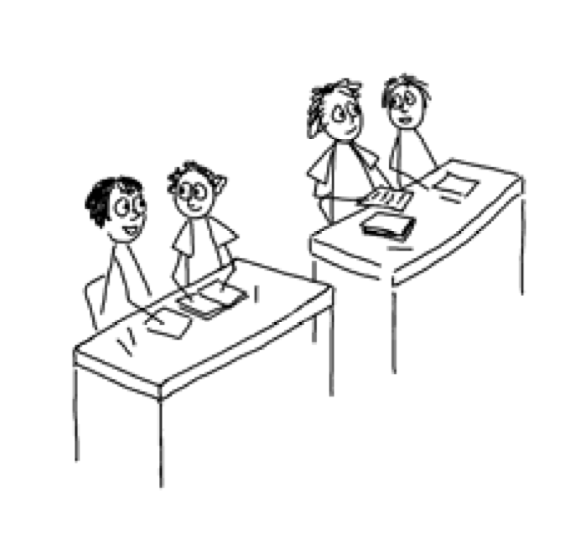Strategies for helping students to learn
Chunking vocational content in achievable steps, a little at a time, helps learners to make connections or links to prior knowledge and language. As each new chunk is introduced students are supported in organising the new learning and language into an appropriate and retrievable place in their ‘mental filing cabinet’ or fit into their existing ‘schemas’.
Some suggested strategies for doing this are:
- reinforcing and remembering key language and main points at the end of the class or topic
- building key language and concepts at the beginning of the class.

Looking forward → introduce key language & concepts
Looking forward – build key language and concepts at the beginning of the class
Before starting a new topic, it is often a good idea to ask students what they already know about it. It is easier for all of us to understand (and therefore remember) information that links to ideas or concepts that we already know something about, even if we only know a little bit. So when beginning a new topic, focusing on its concepts and language in relation to what students already know helps them to learn. There are many ways to do this. One common method is a brainstorm at the beginning of the lesson.
‘Bankruptcy’ example
For instance, a teacher commencing a lesson on the business laws of ‘Bankruptcy’ might start by announcing that today’s lesson is about ‘Bankruptcy’, writing the word in the centre of the board and asking the students to brainstorm what they know, or have heard, about it. As students tell their stories or offer suggestions about what it means, the teacher would write them on the board, highlight important terminology, and link together different words for similar concepts, for example, ‘closing down’, ‘winding up’ and ‘liquidation’. The differences between ‘personal’ and ‘company’ bankruptcy are likely to emerge from the stories offered by the students and new related language and concepts can be introduced and written on the board by building on their input as they speak

Active engagement of students
This process actively engages students by asking them to contribute. It allows the teacher to collect and emphasize relevant vocabulary and to link it to student language via their examples and anecdotes. The students collectively build their understanding and language of bankruptcy. If formal input from reading material or teacher presentation follows this, then it is more likely to connect with prior understanding and existing language brought into focus at the focus at the beginning of the session. These preparatory activities help to actively engage students by giving them a way in to the content.
Provide a brief overview
It also helps to give students a brief overview of the key topics or learning outcomes of a session so that they can develop an organisational framework for their thinking during the class and for studying afterwards. It is best to keep the overview down to about three items, however. Otherwise students may be overwhelmed and it becomes less useful.
Looking back - reinforce key language and concepts at the end of a class
At the end of a session or topic a useful revision strategy is to spend 5-10 minutes encouraging students to tell you the key points or main ideas as a way of reinforcing understanding and memory.
Looking back → revise key points at the end of the lesson
Reinforce new language
As you do this you can prompt them to use any new language they have learned during the session.
Explaining to each other
You might also ask students to explain the main points to each other in pairs or small groups before doing the exercise as a whole class. This type of speaking activity is valuable because unless students can explain the main points of a topic or session it is unlikely that they really understand it. As a teacher you can also gain important feedback about your students’ understanding of content and language. Also this embedded ‘looking back’ revision strategy is useful for building students’ independent learning competencies as the course progresses.

Get students to explain to each other
